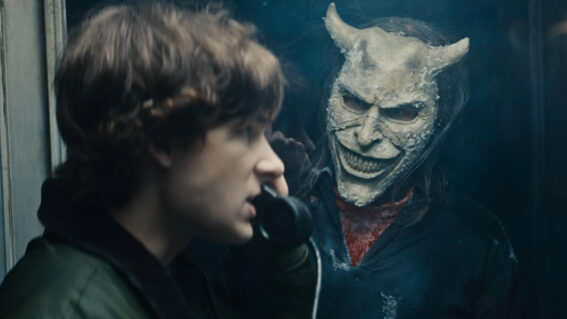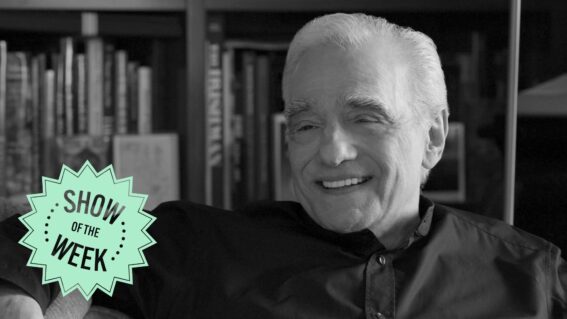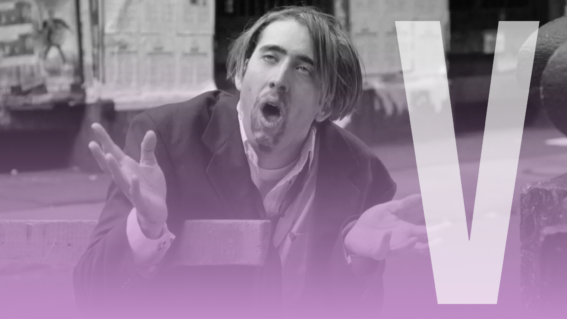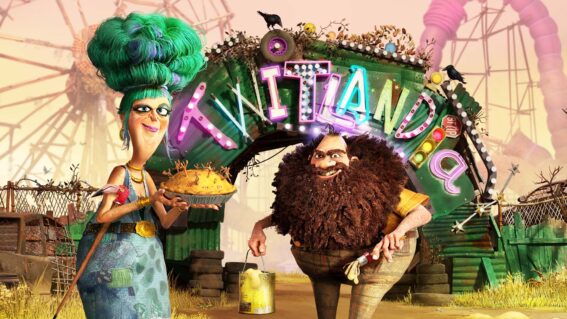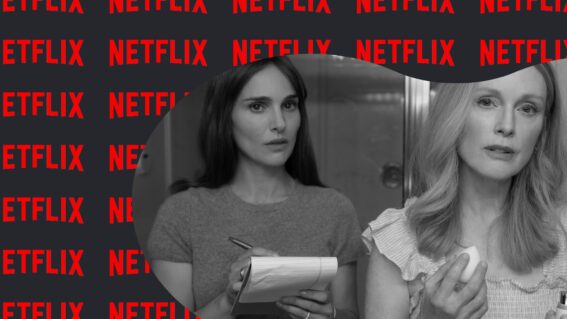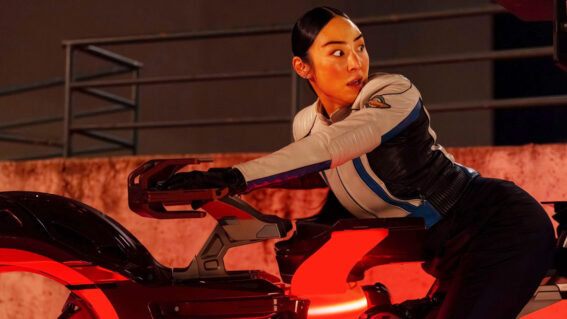Why the best Stephen King movies (like The Monkey) are based on his short stories
There’s a freedom to Stephen King adaptation The Monkey that it gleefully and sadistically exploits.
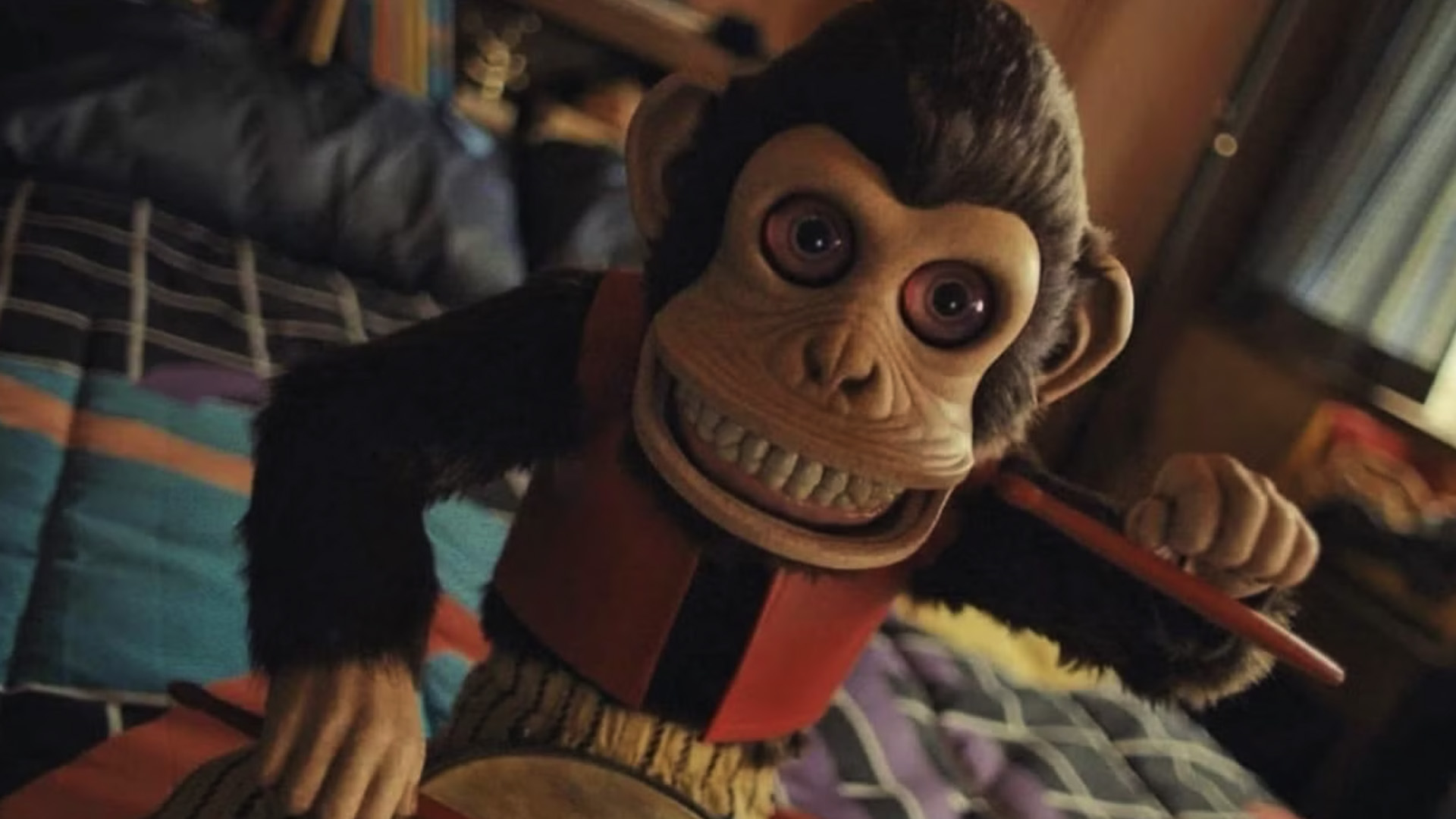
Director Osgood Perkins follows last year’s Longlegs with Stephen King adaptation The Monkey. Like King’s short stories, there’s a freedom to The Monkey that it gleefully and sadistically exploits, writes Rory Doherty.
The only thing worse than a cursed toy monkey who causes implausible Final Destination-style deaths whenever it beats its miniature drum is having to call your brother to tell him that the cursed monkey is back after ruining your life already as a kid…
The Monkey is the latest film from Osgood Perkins, a swift follow-up to last summer’s surprise hit Longlegs, but doesn’t just expand the director’s capacity for macabre, jagged intensity. The Monkey is a catchy-premise crowdpleaser produced by James Wan and centres the melancholy and absurd relationship drama that Stephen King—who wrote the short story The Monkey is based on—made his bread and butter.
A rewriting of Perkins’ preoccupations in a mainstream-friendly font, The Monkey sees two twin brothers, Hal and Bill (both played by Christian Convery as kids, and Theo James as adults) cursed with tragedy after discovering a curio from their absent father’s travels—a toy monkey that dispatches innocent people in their immediate vicinity with merciless determination, but impressive efficiency.
The Monkey sacrifices the calculated negative space and extended discomfort of the procedural-inspired Longlegs for a livelier romp through frenzied desperation, but Perkins’ script still circles his pet themes of a haunted inheritance, irreparable family loss, a one-way ticket to horrific violence. It’s also an out-and-out comedy, juxtaposing spurts of gruesome viscera with a helpless leading man who increasingly regards the gag deaths with an attitude of, “I guess this is my life now.”
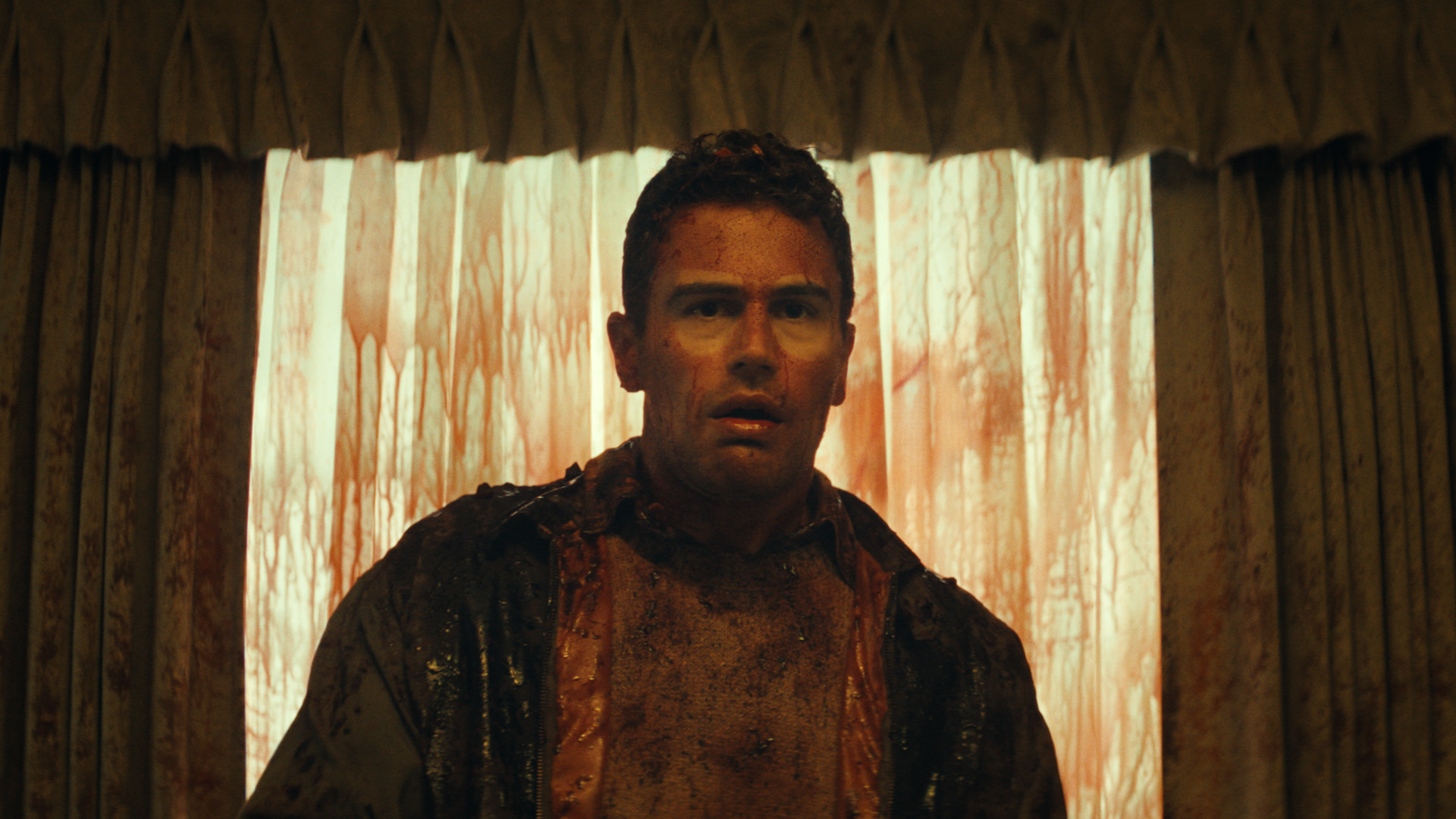
At a brisk 95 minutes, The Monkey is breezy compared to the oppressive mood of Perkins’ earlier features—the abrupt comic cuts and tightly orchestrated deaths make it a horror-comedy that relies on repetition, frustration, and absurd shocks rather than the broader, looser pastiches of Freaky or Happy Death Day. Like many King works, there’s a pervading sense that something is wrong with the universe—in fact, The Monkey may evoke the tone and structure of King’s body of short story work more authentically than any recent adaptation.
Forget the two-part intergenerational Pennywise epics or the Overlook Hotel legacy sequels, there’s an untapped goldmine in licensing single stories from King’s bottomless pool of weird stuff and asking emerging filmmakers to draw it out for 90 minutes max. Basically, we’re proposing Blumhouse but for purely Stephen King short story adaptations. One or two a year. King can record an intro to each of them saying, “Yup, this one’s gonna be scary all right!” They’ll be out-grossing Marvel by Secret Wars, guaranteed.
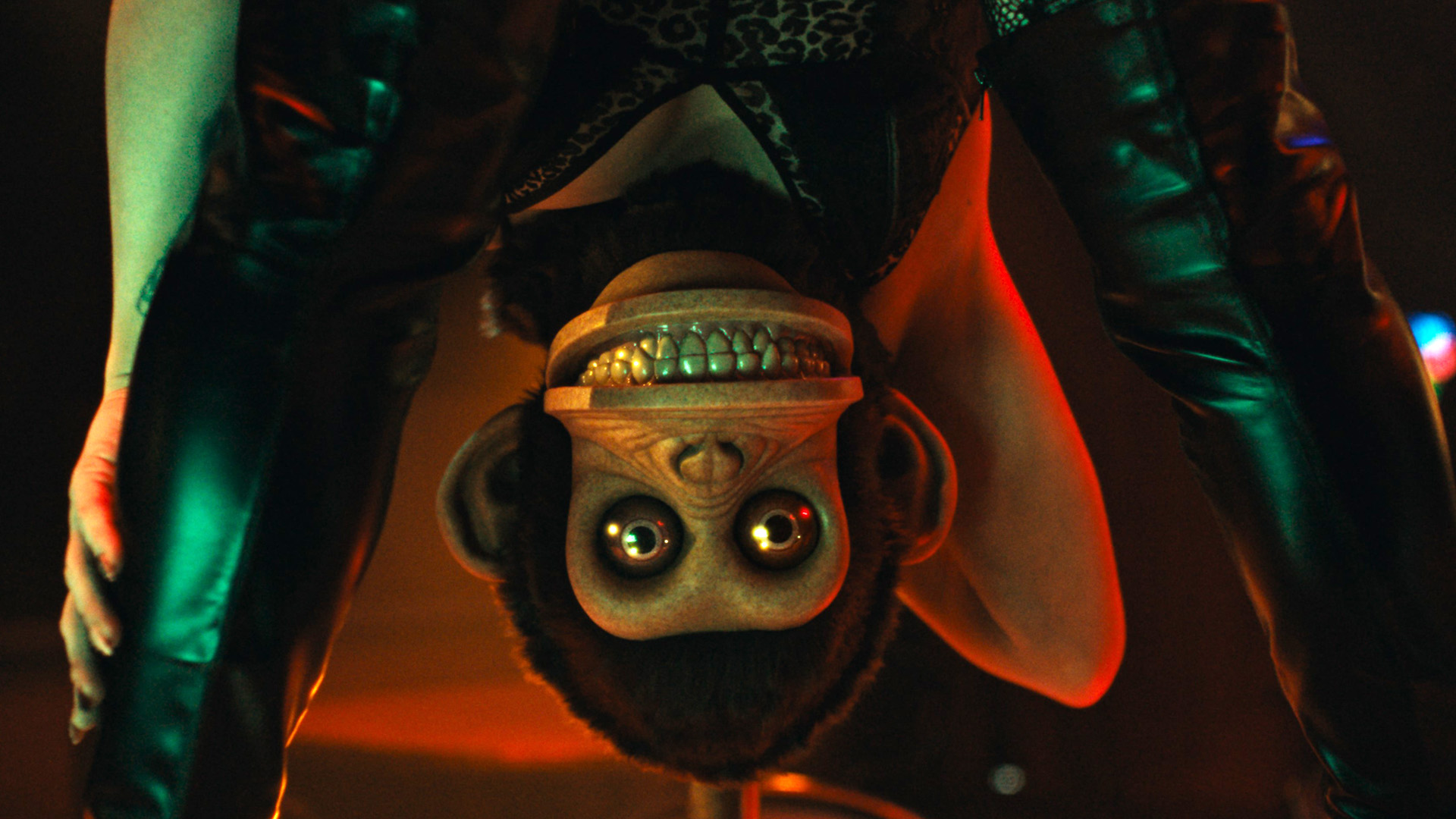
King’s novels get their fair share of criticism—didactic with their metaphors, crummy endings, repetitive themes—but there’s less room to critique his short story craft, which by now has produced an unparalleled quantity and quality of American horror literature. He picks a fear or frailty and cuts straight to the heart of it—leaving an impression of haunting impermanence or irreversible suffering without sparing lurid imagery or a nasty tone.
When spared from a long-winded structure that might stifle some of the intensity, King’s shorts show a refreshing awareness of how much juice there is to any given set-up—and these mouth-watering microdoses of the macabre have already inspired their own underrated cinematic translations.
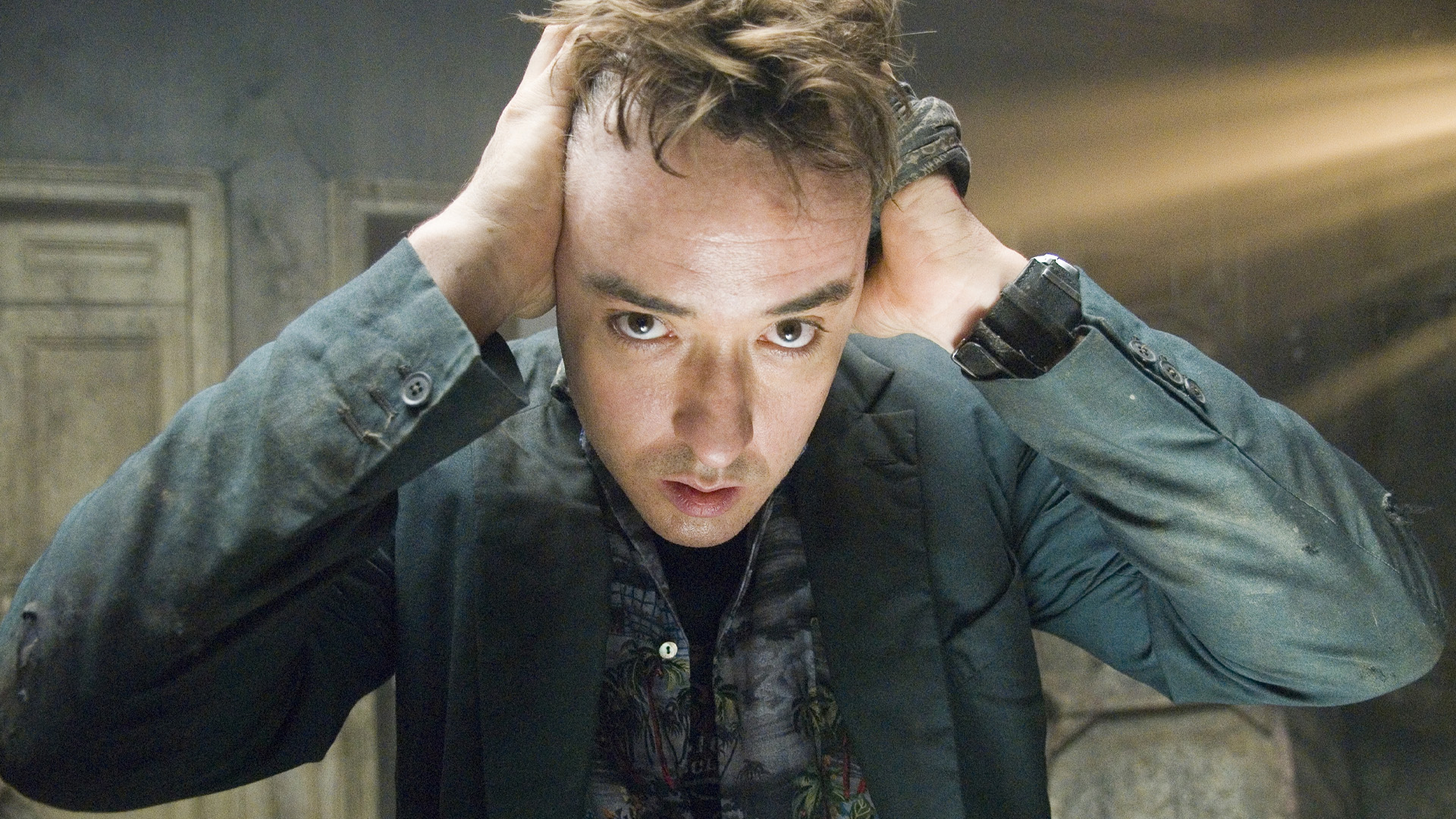
1408 is a twisty psychological ride through a haunted hotel starring John Cusack as the platonic ideal of a tired, fragile King writer protagonist. Children of the Corn has an 80s B-movie throwback vibe that feels like you’ve stumbled onto the film on late night TV, a fitting vibe for a film of people stumbling onto a hellish pocket of America. The unhinged AC/DC-scored Maximum Overdrive—King’s sole directing credit—may go off the rails of the original story ‘Trucks’, but in a way that’s uniquely excessive and delirious, and a key example of how to expand a King short story to feature-length film—because King was the guy expanding it.
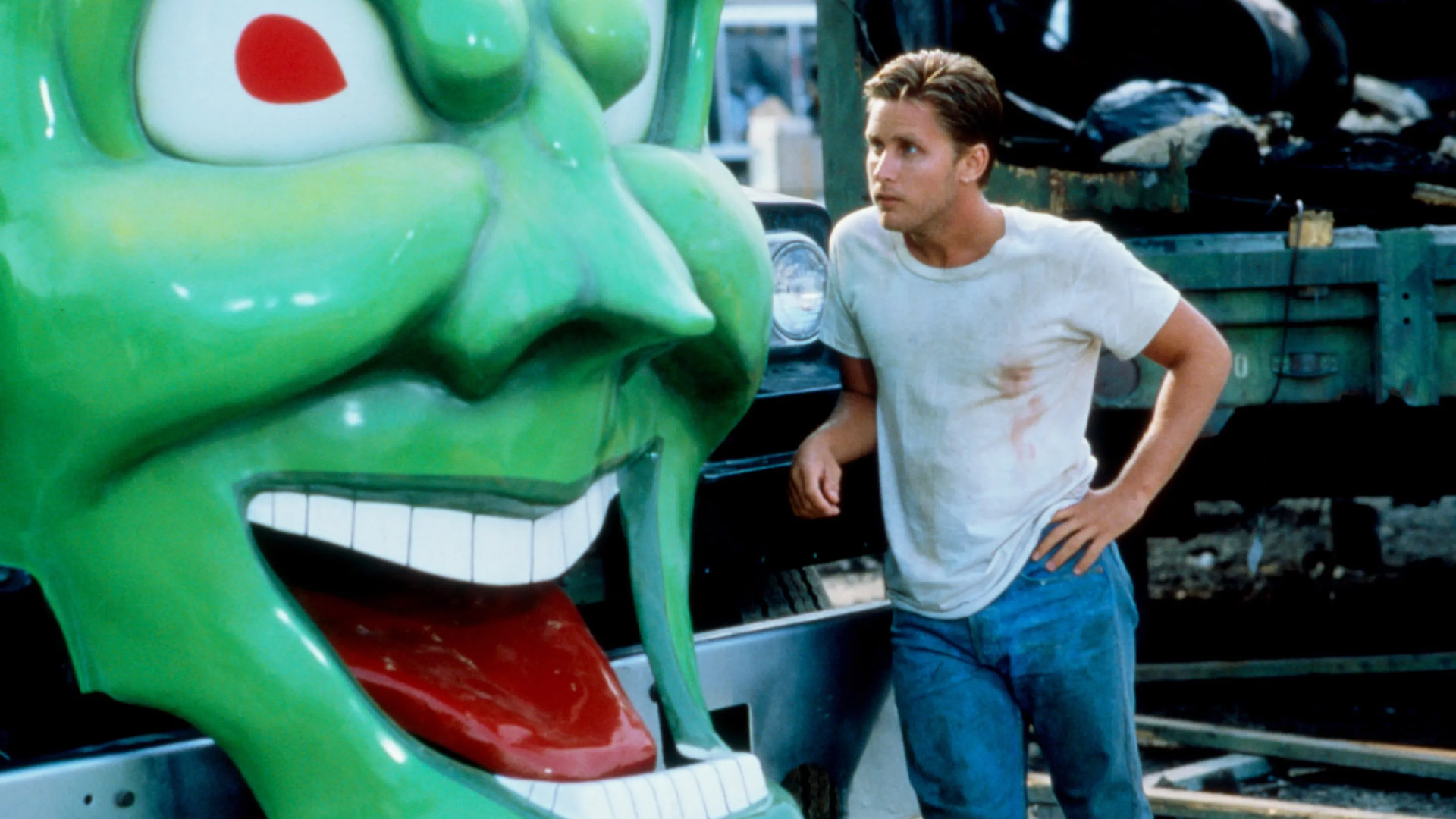
But the King adaptations The Monkey owes the most to aren’t cinematic ones—they’re episodic or anthology segments. In films like Creepshow, Cat’s Eye, and Tales from the Darkside: The Movie (plus episodes of their related TV spin-offs), King stories unfold over the same clipped dramatic pace, pulling their more limited resources towards the key set piece scares and threatening to engulf us.
Because we can only get so invested in characters in a 30-minutes-or-less story, these anthology films are freer to treat its hapless horror victims with cruel, blackly comic fates that take advantage of the looser, more off-kilter tone that’s trying to grab attention on a busy TV schedule or amongst other horror shorts vying for attention in an anthology film. One incredible example is ‘The Raft’ from the otherwise lacking Creepshow 2, where a leisurely raft trip onto a toxic lake drifts into nightmare territory, and a maddening sense of being dissolved body and soul stabs into you.
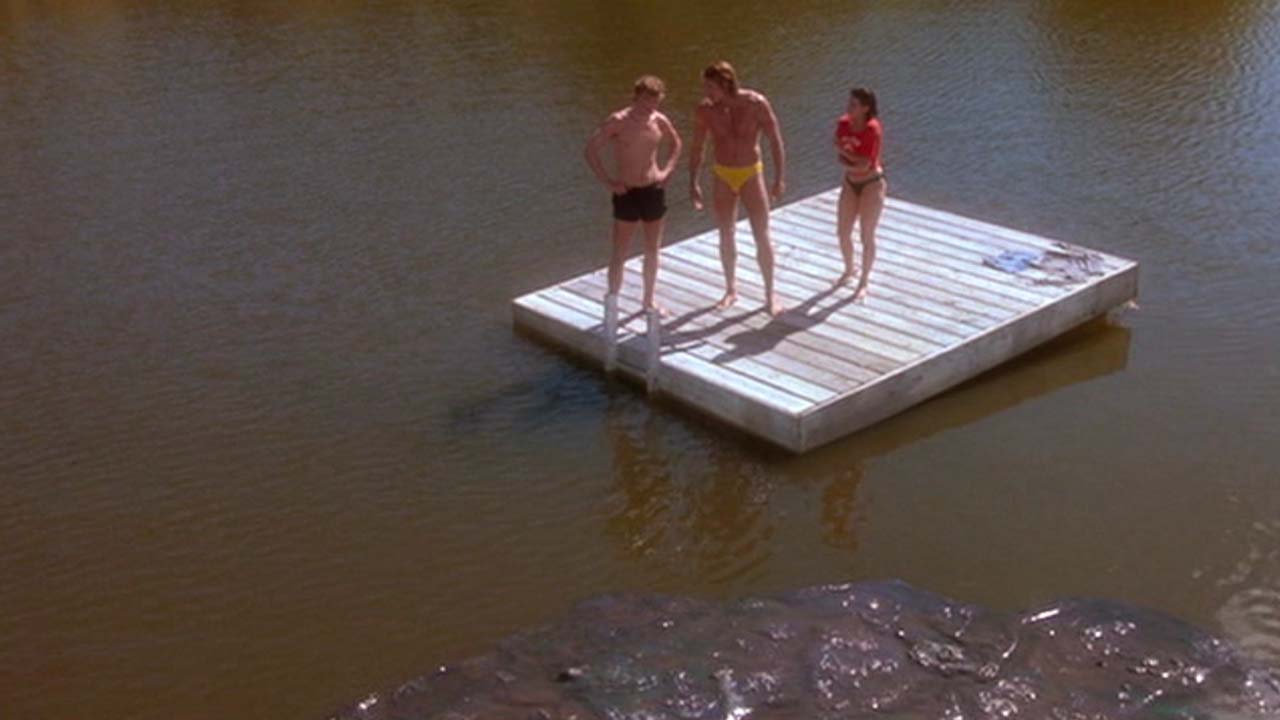
The Monkey’s attempts to bring Hal closure in the face of insurmountable existential panic may feel unearned in its final act, which is where most of the plot is introduced and Perkins repeats the mistakes of Longlegs’ anticlimactic ending. But when the film is playing in Stephen King’s sandbox, it’s a rewarding and ruthlessly amusing watch, in no small part because it has figured out the right balance of brevity and intensity.
Like King’s short stories, there’s a freedom to The Monkey; it’s unshackled from the writer’s legacy but playfully opening itself up to his extremes of humour and depravity.











